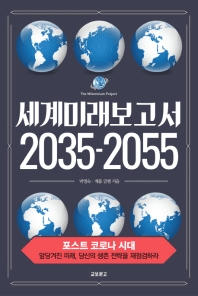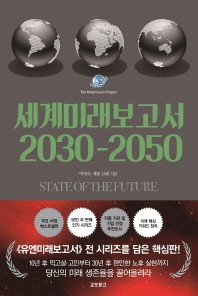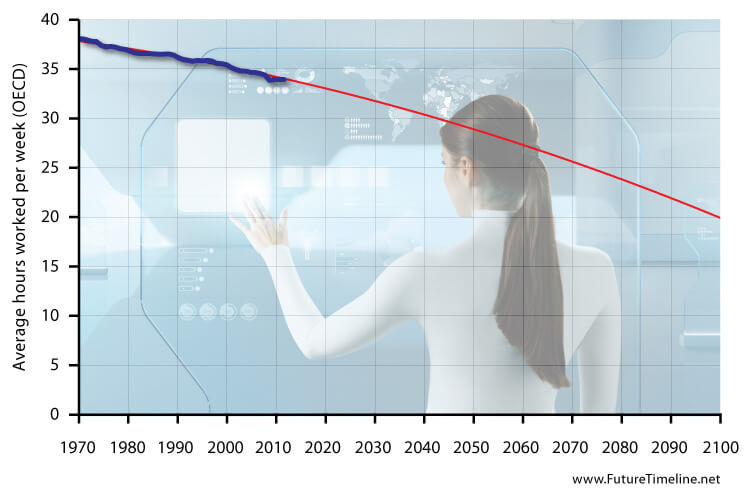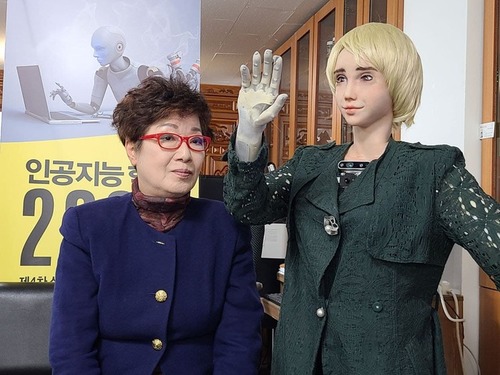The average employee works less than 20 hours per week. 일반 직원 평균 근무시간 주 20시간 미만이다. 1800년대 미국 유럽은 주당 70-90시간 일했다.
The average employee works less than 20 hours per week. 일반 직원 평균 근무시간 주 20시간 미만이다. 1800년대 미국 유럽은 주당 70-90시간 일했다.The average employee works less than 20 hours per week
In the early 1800s, most people in America and Europe worked shifts of 70-90 hours per week, or even longer during busy periods. Conditions were often cramped and dangerous, pay was low (or non-existent in the case of slaves) and workers had little in the way of rights.
Later in the 19th century, a growing labour movement led to improved workplace regulations. A series of laws were introduced to improve safety and to limit the hours worked by employees – particularly women and children – while slavery was abolished throughout much of the world.
Further progress was made in the 20th century with the introduction of minimum wage laws, the emergence of five-day workweeks and continued growth in union membership. In 1900, a typical U.S. citizen worked 57 hours per week and this had fallen to 49 hours by the 1920s. Working hours fell sharply during the Great Depression, especially in manufacturing, but rebounded during World War II.
In the post-war boom years, the average length of workweek in the U.S. continued to fall, but at a slower rate than before, hovering at around 40 hours. There was a faster decline in Western Europe, however, and in the OECD as a whole. On both sides of the Atlantic, union membership declined substantially in the 1970s and 80s, though progress continued to be made in employment law.
In the 21st century, these trends continued. In the first few decades, this occurred alongside further changes in the workforce, with telecommuting and flexible business hours making work in developed nations more dependent on worker preference and efficient productivity.* In addition, this period witnessed the gradual loss of traditional labour as computer intelligence and automation proliferated.* This led to serious disruption as employers attempted to adapt productivity to the growing surplus of workers.
This revolution in manufacturing, combined with exponential growth of computer intelligence, would eventually change the nature of work itself. With an ever-growing share of the economy based on information technology, the average job was becoming more creative, personal and intellectual. By the latter half of the 21st century, artificial general intelligence had penetrated much of the business world, allowing workers to share tasks with computers able to operate with little or no human intervention.
Finally, a gradual cultural shift – in which more value was placed on free time and creative pursuits rather than work or material gain – began to emerge during the last decades of the century.* This grew largely out of the global response to climate change, but was also a consequence of technological advancement and the mounting costs of unchecked materialism. While by no means a rapid or ubiquitous trend, this also helped to reduce the need for traditional working jobs.*
일반직원 평균 근무시간 주 20시간 미만
1800년대 초 미국과 유럽의 대부분의 사람들은 주당 70-90 시간의 교대 근무를 했으며 바쁜 기간에는 더 오래 근무했다. 근무 환경은 종종 비좁고 위험했으며 낮은 임금에 (노예의 경우에는 존재하지 않았음) 근로자의 권리가 거의 없었다.
19세기 후반에 노동운동이 증가하면서 직장 근무 규정이 개선되었다. 안전을 개선하고 직원(특히 여성과 아동)의 근무 시간을 제한하기 위한 일련의 법률이 도입되었으며, 노예 제도는 전 세계에서 폐지되었다.
20 세기에는 최저임금법의 도입, 주 5일 근무의 출현, 노조 회원의 지속적인 증가 등으로 더 많은 진전이 있었다. 1900 년에 전형적인 미국 시민은 주당 57시간을 일했고 1920년대에는 49시간으로 떨어졌다. 대공황 때, 특히 제조업에서 노동 시간이 급격히 감소했지만 제2차 세계 대전 중에는 반등했다.
전후 호황기에 미국의 평균 주당 근무 시간은 계속 감소했지만, 전보다 느린 속도로 약 40시간을 유지했다. 그러나 서유럽과 OECD 전체에서 더 빠른 감소가 있었다. 대서양 양쪽에서 노동조합 가입은 1970 년대와 80년대에 심하게 감소했지만, 고용법은 계속해서 발전했다.
21 세기에도 이러한 추세는 계속되었다. 처음 수십 년 동안 이는 재택근무와 유연한 업무 시간으로 인해 선진국에서 근무하는 근로자의 선호도와 효율적인 생산성에 더 의존하게 되면서 인력의 추가 변화가 함께 발생했다.
또한, 이 기간에 컴퓨터 인텔리전스 및 자동화가 확산됨에 따라 전통적인 노동력이 점차 감소했다. 이로 인해 고용주가 증가하는 근로자 잉여에 맞게 생산성을 조정하려 시도함에 따라 심각한 혼란이 발생했다.
컴퓨터 지능의 기하급수적 성장과 결합한 이러한 제조 혁명은 결국 작업 자체의 본질을 바꿀 것이다. 정보 기술에 기반한 경제 점유율이 계속 증가함에 따라 평균적인 직업은 더욱 창의적이고 개인적이며 지적으로 되었다. 21 세기 후반에는 인공 지능이 비즈니스 세계의 많은 부분에 침투하여 작업자가 사람의 개입이 거의 또는 전혀 없이 작동할 수 있는 컴퓨터와 작업을 공유 할 수 있게 되었다.
마지막으로, 일이나 물질적 이득보다는 자유 시간과 창의성인 추구에 더 많은 가치를 두는 점진적인 문화적 변화가 세기의 마지막 수십 년 동안 나타나기 시작했다. 이것은 기후 변화에 대한 전 세계적 대응에서 크게 성장했지만 기술 발전과 확인되지 않은 물질주의의 증가하는 비용의 결과이기도 했다. 결코 빠르거나 유비쿼터스적인 추세는 아니지만, 이는 전통적인 작업 작업에 대한 필요성을 줄이는데도 도움이 되었다.
<저작권자 ⓒ ainet 무단전재 및 재배포 금지>
|
[세계미래보고서]시리즈, 판매제품
많이 본 기사
6
라이프,거버넌스, 조직, 유망직종 많이 본 기사
최신기사
|






































